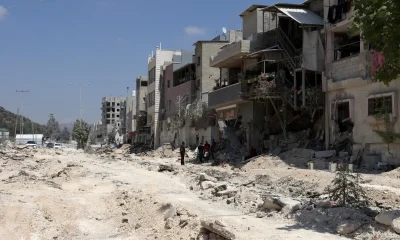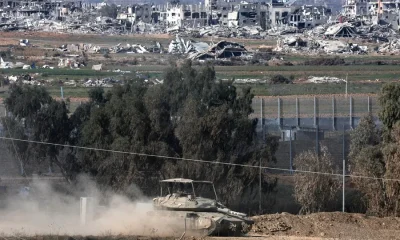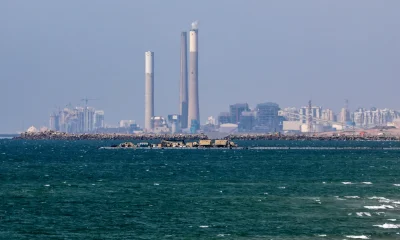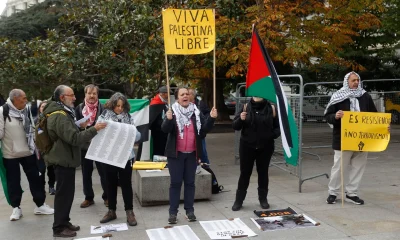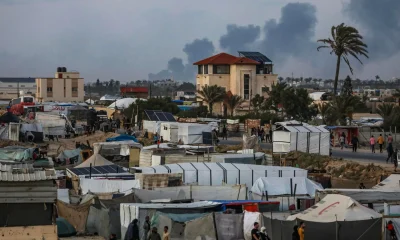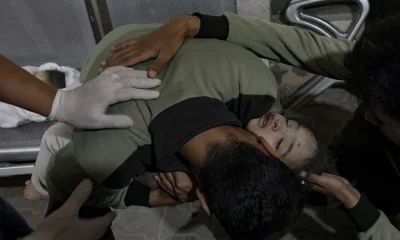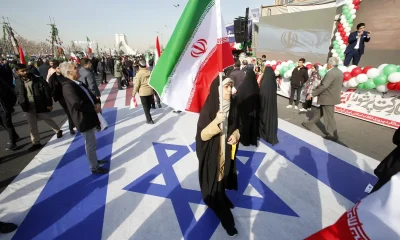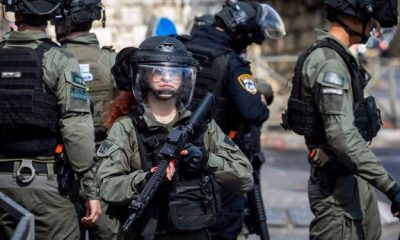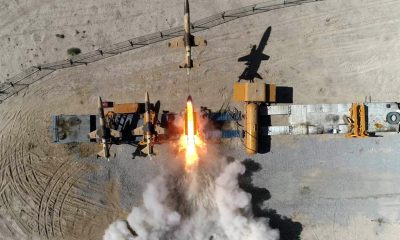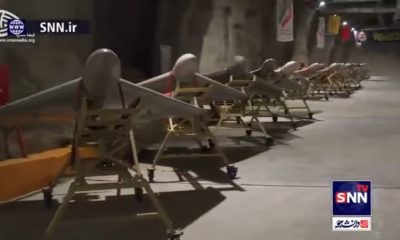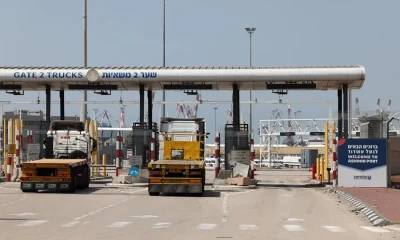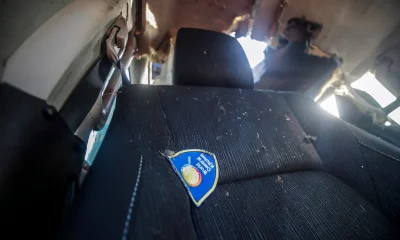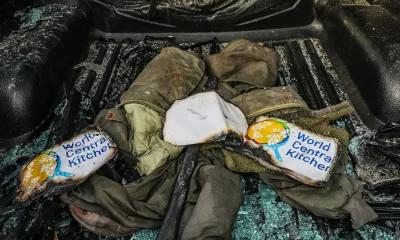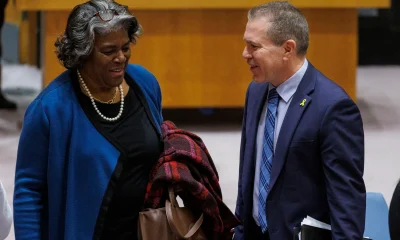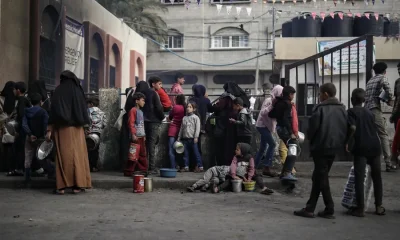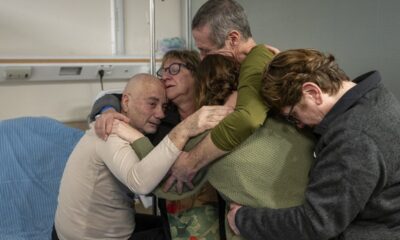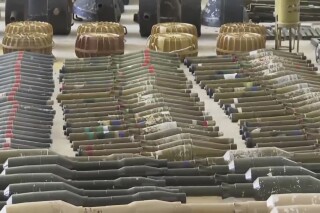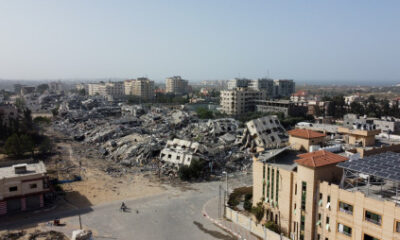International
Israel operates throughout the city of Rafah and leaves more than 25 dead in attack on displaced people
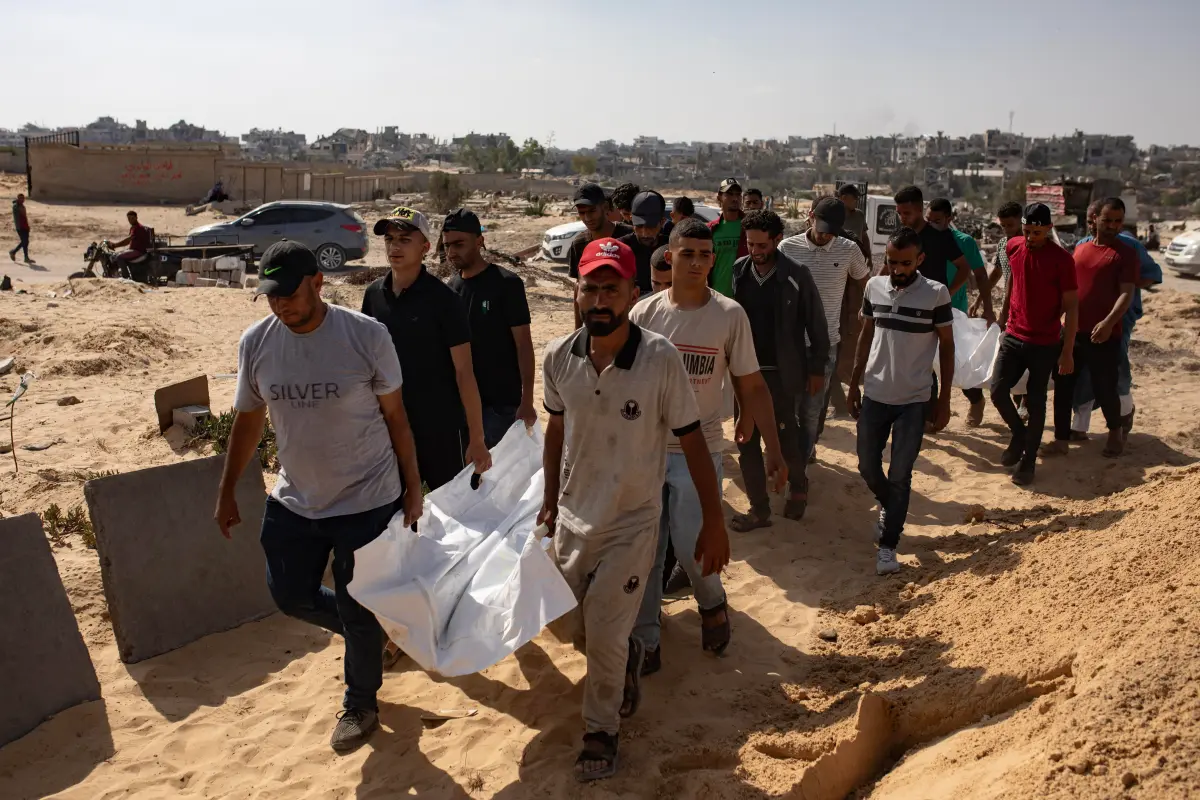
The Israeli Army intensified its attacks and incursion in the heart of the city of Rafah, southern Gaza, as well as on its western side; causing, according to medical sources, at least 25 deaths in an attack on displaced people’s tents – which is not attributed – and great destruction in residential neighborhoods.
As Palestinian sources confirmed to EFE, the attacks are now concentrated in Al Auda, in the center of the city of Rafah, and in Tal al Sultan, a neighborhood in the northwest. The southern and east areas are already under their control weeks after the Israeli tanks began their incursion into the city, on May 6.
“The whole city of Rafah is an area of Israeli military operations,” Ahmed al Sofi, mayor of Rafah, said today in a statement released by the Palestinian Islamist group Hamas on Telegram. “The city is experiencing a humanitarian catastrophe and people are dying inside its tents due to the Israeli bombings.”
Sofi added that there is no medical center left in operation in the city and that residents and displaced people – according to UNRWA about 65,000 people, although before the military incursion there were 1.4 million Gaza refugees in Rafah – cannot meet their daily needs for food and water.
The third point of intense military activity, according to local sources to EFE, is still the so-called Philadelphia corridor, the 14-kilometer border line with Egypt that Israel aspires to control, according to military sources, in order to cut the network of tunnels that supplies Hamas and helps it both to rearm itself and to attack.
In this area, the destruction of infrastructure is being absolute, and a kind of buffer strip has been created, as in the Saudi Quarter of Rafah (west), where units of Army engineers are flying residential buildings.
Since this morning, at least 25 Gaza people died and 50 were injured after an Israeli bombing of displaced people’s stores in Al Mawasi, northwest of Rafah, according to the Ministry of Health, an event that the Israeli Army, after a preliminary investigation, claims to be unaware of but claims to be investigating.
In the northern city of Gaza, at least 17 Gazans died: ten after Israeli fighters bombed a home in Beach Camp, five municipal officials in an attack in the center of the city and two others in attacks in the Zeitun neighborhood, the Palestinian agency Wafa reported.
In addition, two more Gazazians lost their lives today north of the city of Rafah, in the neighborhood of Khirbet al Adas, according to Palestinian sources, which would increase the total number of deaths to 37,470 in eight and a half months of Israeli offensive.
In the north, the lack of food and food is still a critical issue. According to UN data from July 1 to 18, of the 61 coordinated humanitarian assistance missions in northern Gaza, only 28 – 46% – were facilitated by the Israeli authorities, details the UN Agency for the Coordination of Humanitarian Affairs (OCHA).
“The absence of healthy food and drinking water accelerates the spread of diseases,” Hosam Abu Sfiya, the director of the Kamal Adwan Hospital, in the northern Strip, warned today in a statement. “We have not received any essential supplies in the northern Gaza Strip, especially food for children.”
The reality in the enclave is that only a tiny minority can eat regularly, in the absence of food or unaffordable prices. Many do it once a day and there is a lack of milk and porridge, denounce organizations on the ground. In addition, the shortage of fuel forces you to burn plastic or firewood to cook.
Some diseases are re-emerging, such as hepatitis and gastroenteritis.
“All we can offer are some medical solutions for malnourished children,” Hosam Abu Sfiya continued. “We demand the entry of fuel, food and medical supplies.”
For its part, the NGO Doctors Without Borders (MSF) warned today of the psychological trauma that the war is causing to the children of Gaza, with some not wanting to continue living surrounded by so much death.
“What we are seeing in young children, especially, are symptoms of depression because they have lost everything. They have lost their parents, their siblings, their home, their toys, everything that made their daily life normal,” the organization said in a statement.
International
Deportation flight lands in Venezuela; government denies criminal gang links
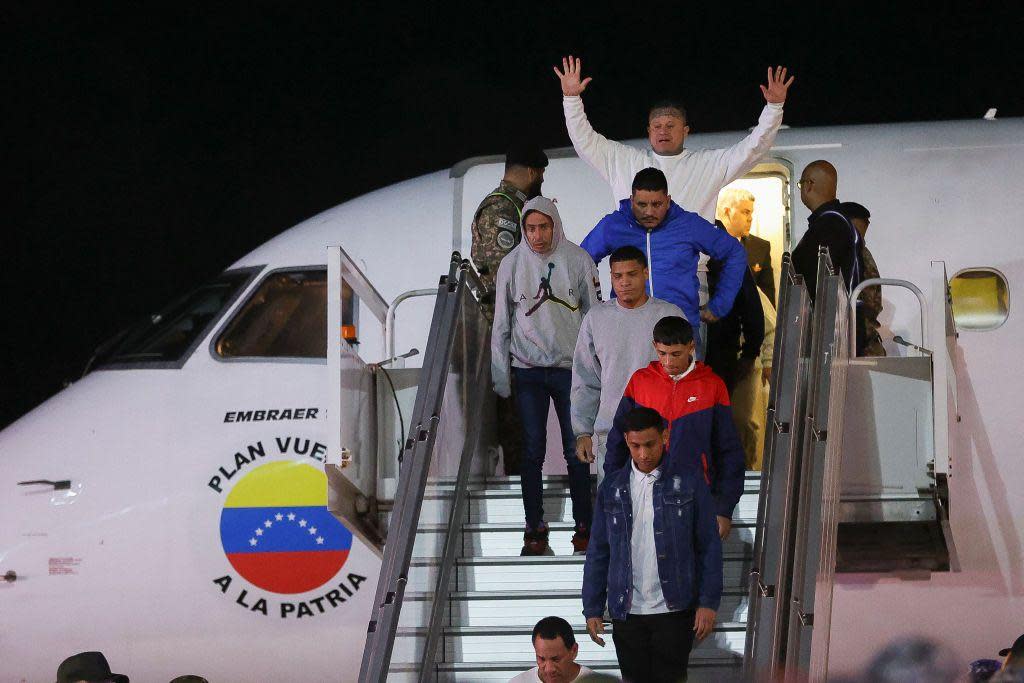
A flight carrying 175 Venezuelan migrants deported from the United States arrived in Caracas on Sunday. This marks the third group to return since repatriation flights resumed a week ago, and among them is an alleged member of a criminal organization, according to Venezuelan authorities.
Unlike previous flights operated by the Venezuelan state airline Conviasa, this time, an aircraft from the U.S. airline Eastern landed at Maiquetía Airport, on the outskirts of Caracas, shortly after 2:00 p.m. with the deportees.
Interior Minister Diosdado Cabello, who welcomed the returnees at the airport, stated that the 175 repatriated individuals were coming back “after being subjected, like all Venezuelans, to persecution” and dismissed claims that they belonged to the criminal organization El Tren de Aragua.
However, Cabello confirmed that “for the first time in these flights we have been carrying out, someone of significance wanted by Venezuelan justice has arrived, and he is not from El Tren de Aragua.” Instead, he belongs to a gang operating in the state of Trujillo. The minister did not disclose the individual’s identity or provide details on where he would be taken.
International
Son of journalist José Rubén Zamora condemns father’s return to prison as “illegal”
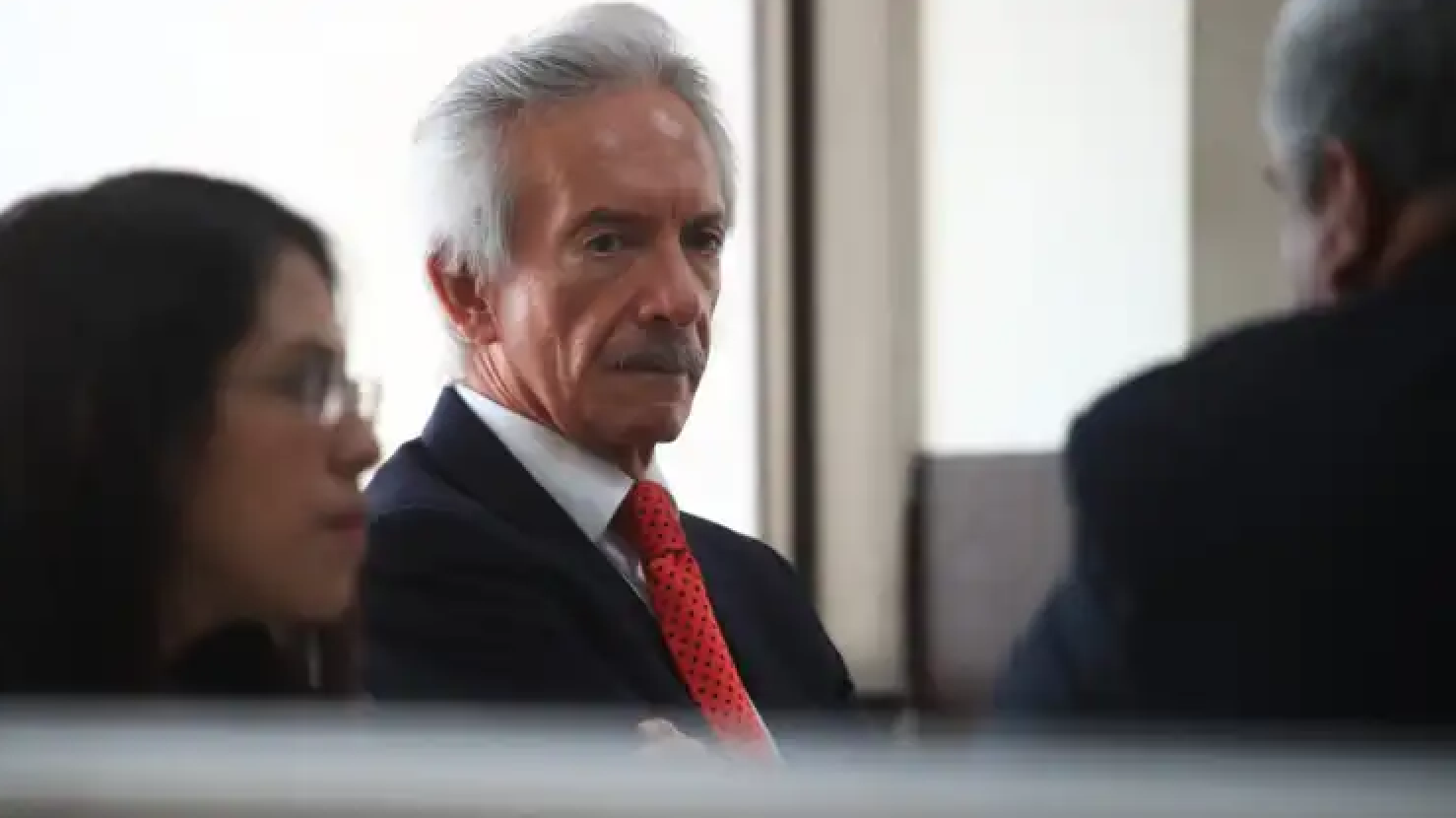
The son of renowned journalist José Rubén Zamora Marroquín, José Carlos Zamora, has denounced as “illegal” the court order that sent his father back to a Guatemalan prison on March 3, after already spending 819 days behind barsover a highly irregular money laundering case.
“My father’s return to prison was based on an arbitrary and illegal ruling. It is also alarming that the judge who had granted him house arrest received threats,” José Carlos Zamora told EFE in an interview on Saturday.
The 67-year-old journalist was sent back to prison inside the Mariscal Zavala military barracks on March 3, when Judge Erick García upheld a Court of Appeals ruling that overturned the house arrest granted to him in October. Zamora had already spent 819 days in prison over an alleged money laundering case.
His son condemned the situation as “unacceptable”, stating that the judge handling the case “cannot do his job in accordance with the law due to threats against his life.”
International
Miyazaki’s style goes viral with AI but at what cost?
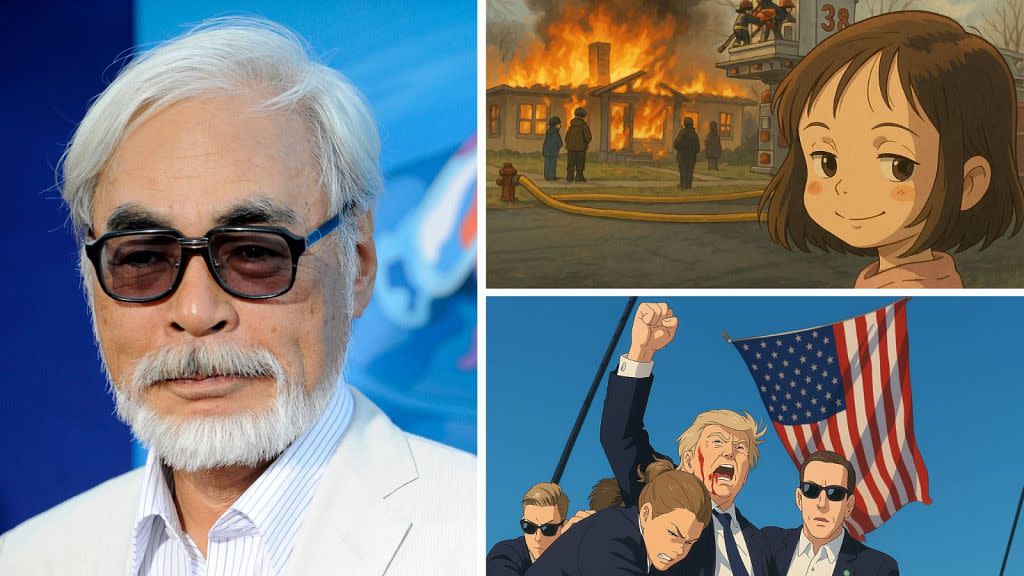
This week, you may have noticed that everything—from historical photos and classic movie scenes to internet memes and recent political moments—has been reimagined on social media as Studio Ghibli-style portraits. The trend quickly went viral thanks to ChatGPT and the latest update of OpenAI’s chatbot, released on Tuesday, March 25.
The newest addition to GPT-4o has allowed users to replicate the distinctive artistic style of the legendary Japanese filmmaker and Studio Ghibli co-founder Hayao Miyazaki (My Neighbor Totoro, Spirited Away). “Today is a great day on the internet,” one user declared while sharing popular memes in Ghibli format.
While the trend has captivated users worldwide, it has also highlighted ethical concerns about AI tools trained on copyrighted creative works—and what this means for the livelihoods of human artists.
Not that this concerns OpenAI, the company behind ChatGPT, which has actively encouraged the “Ghiblification”experiments. Its CEO, Sam Altman, even changed his profile picture on the social media platform X to a Ghibli-style portrait.
Miyazaki, now 84 years old, is known for his hand-drawn animation approach and whimsical storytelling. He has long expressed skepticism about AI’s role in animation. His past remarks on AI-generated animation have resurfaced and gone viral again, particularly when he once said he was “utterly disgusted” by an AI demonstration.
-

 Central America5 days ago
Central America5 days agoHonduran group in U.S. pushes for voter registration to prevent election fraud
-

 International5 days ago
International5 days agoFederal court blocks Trump’s use of Enemy Alien Act for deportations
-

 Central America5 days ago
Central America5 days agoKristi Noem in Latin America: Talks with Bukele on expulsions and security policies
-

 International5 days ago
International5 days agoEcuador oil spill worsens as containment dam collapses
-

 Central America4 days ago
Central America4 days agoNicaragua denounces Costa Rica’s position in SICA as aligned with foreign interests
-
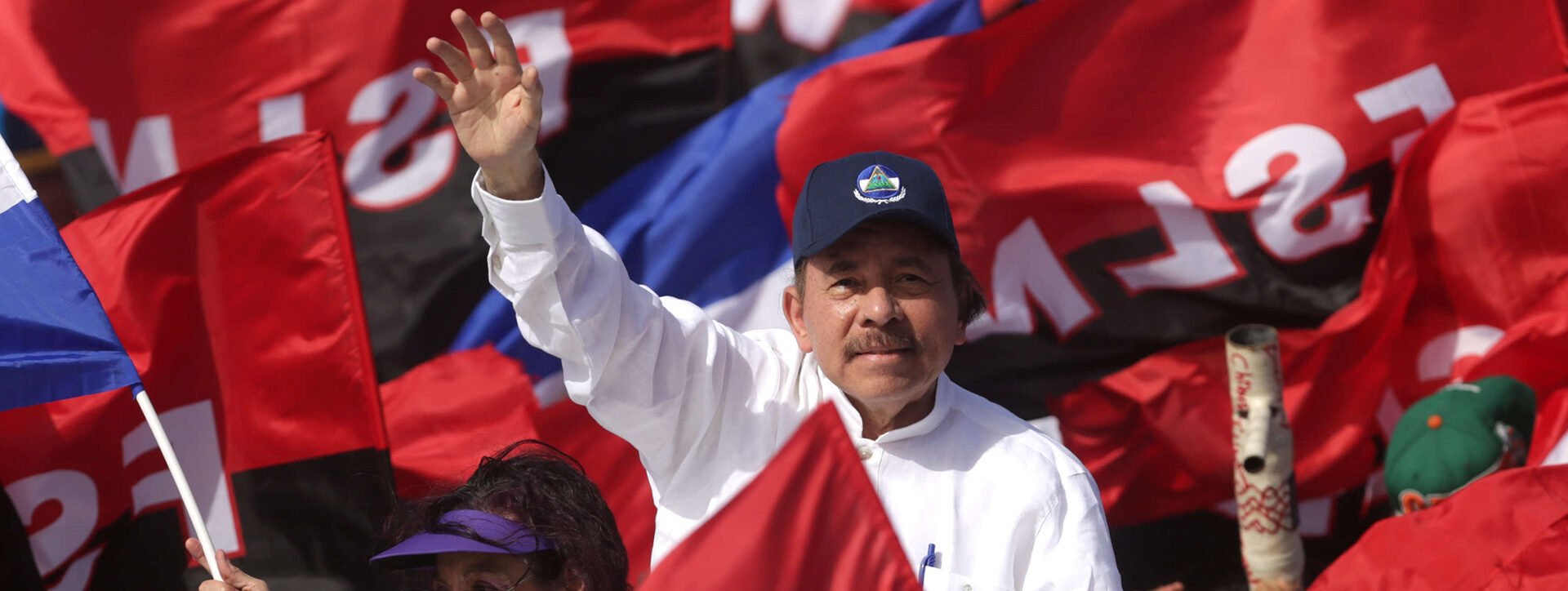
 Central America4 days ago
Central America4 days agoNicaragua’s new judicial law consolidates power in Ortega and Murillo’s hands
-
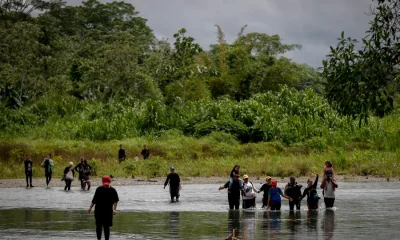
 Central America4 days ago
Central America4 days agoPanama’s president declares Darién gap ‘closed’ amid sharp drop in migrant flow
-

 International4 days ago
International4 days agoMarco Rubio warns Venezuela against military action against Guyana
-
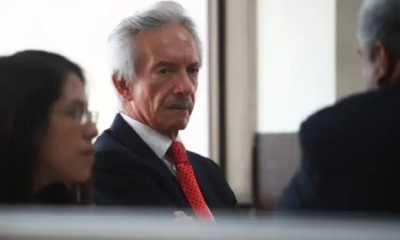
 International2 days ago
International2 days agoSon of journalist José Rubén Zamora condemns father’s return to prison as “illegal”
-

 International2 days ago
International2 days agoMiyazaki’s style goes viral with AI but at what cost?
-

 Central America17 hours ago
Central America17 hours agoPanama police clarifies that Interpol alert for Martinelli is still pending
-
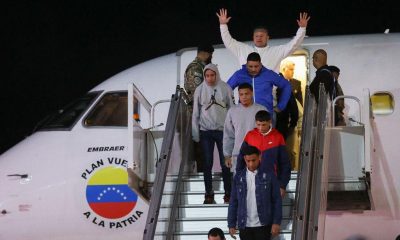
 International17 hours ago
International17 hours agoDeportation flight lands in Venezuela; government denies criminal gang links
-
Central America3 days ago
Nicaragua revokes legal status of 10 more NGOs, bringing total to over 5,600
















